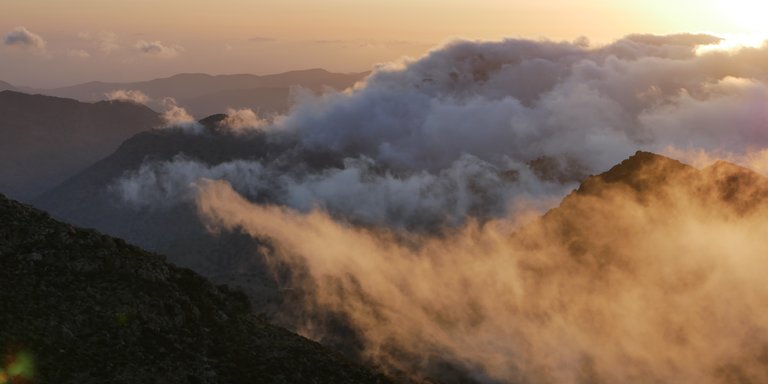
FAQ -
Frequently Asked Questions
properties.trackTitle
properties.trackSubtitle
We essentially distinguish here between two types of fog collectors - the simple 1st generation fog collector developed by Canadian NGO FogQuest (founder and director Bob Schemenauer), and the technology 2.0 fog collector (CloudFisher) developed by German company aqualonis GmbH (CEO Peter Trautwein).
This fog collector uses very simple and affordable meshing that is put up between two poles. The collector is easy to construct and comparatively cheap. It collects a moderate amount of fog water. Unfortunately, this technology is very prone to being destroyed in windy conditions - occurring quite often in mountainous regions where fog harvesting works best. Furthermore, aspects such as food grades and damage by strong solar radiation are often underestimated in very simple and cheap constructions.
The water is clean.
The water is accessible.
Environmental impact is minimal.
Construction of fog collectors requires only basic technical skills.
The systems are passive and so do not need further energy.
Fog collection reaches remote mountain communities and villages.
Cost-benefit analyses indicate that the price for water compared to methods usually used (such as selling water from tanker trucks) is cheap.
The social impact is high – girls do not have to fetch water every day from sources far away for example.
Maintenance can be performed by the community itself.
Suitable conditions are restricted to selected regions in the world.
Water output is limited and not feasible for larger conurbations or cities.
The identification process for good locations can be protracted (long evaluation phase with test collectors).
If there is no fog, there is no water.
Where fog is a seasonal source, water has to be stored in large quantities for dry season use (tanks, cisterns).
If not properly maintained, water quality becomes an issue during low-flow periods.
Fog water collection requires specific environmental and topographical conditions, limiting its application to specific regions.
Procurement and transportation of materials might be difficult in remote locations and e.g. steep terrain in mountainous areas.
Water yield is not easy to predict, necessitating feasibility studies prior to large-scale implementations.



